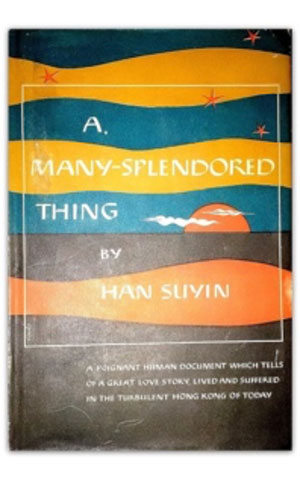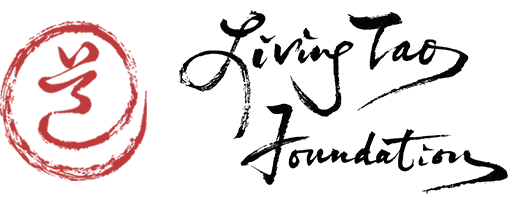Autumn Living Tao Essential Tai Ji Series — Session Three
(November 2023)
Download Printed PDF All Study Materials
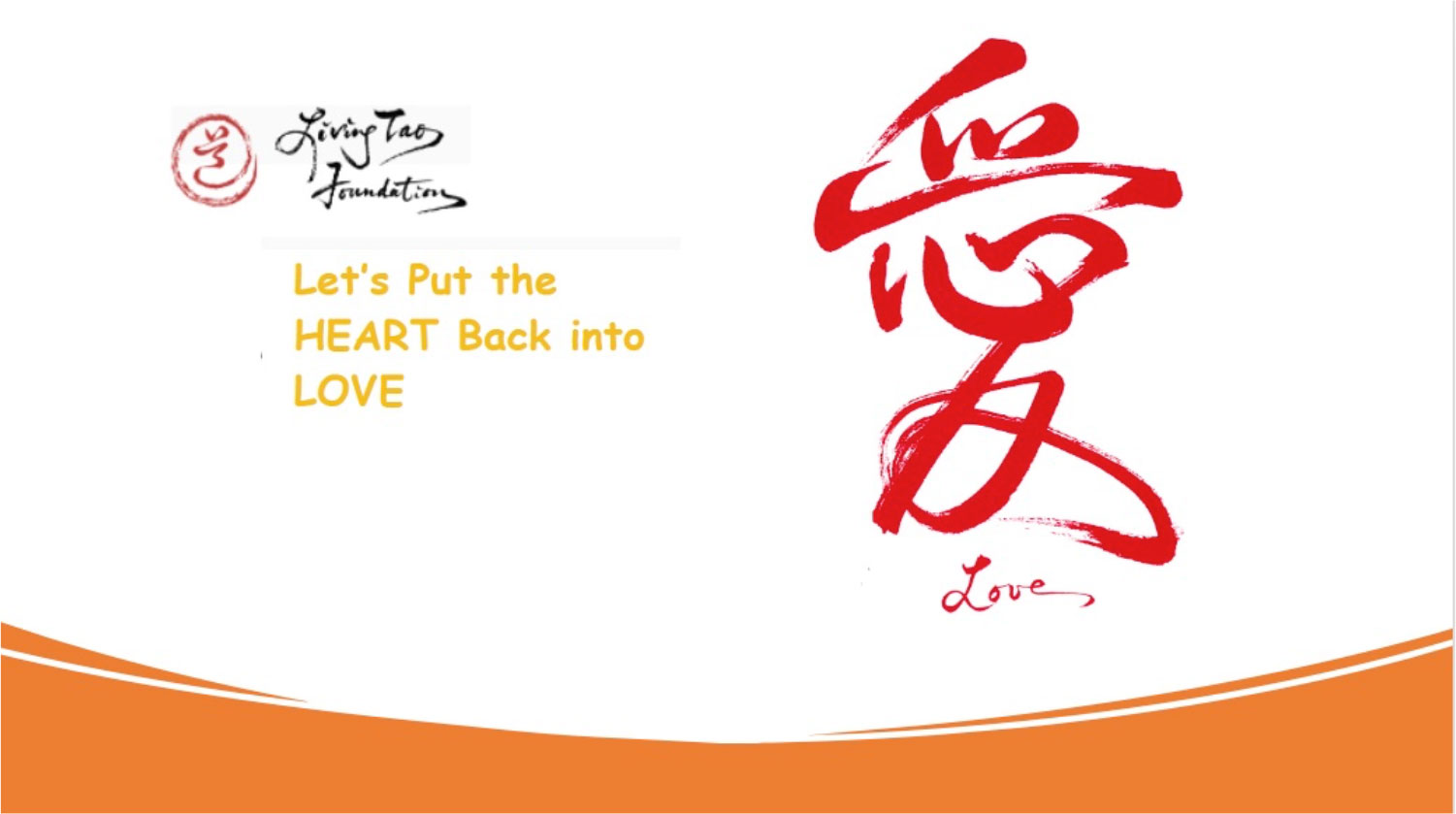
Master Huang’s teaching encourages a holistic approach to Body, Heart/Mind & Spirit study through the
practice of Living Tao philosophy, metaphors, and forms.
Over the course of this Series, Master Huang will introduce new material in the following practice areas:
* Classics, Culture & Music: (Session One) Da Jia hao 大家好 and variations of one FAMILY of ALL;
(Session One) I Ching 易經 (Yi Jing): The Book of Change and Transformation;
(Session Two) Su Dong Po Xing Xiang Zi ⾏香⼦·述懷; (Session Three) I Ching 易經 (Yi Jing) #24;
(Session Three) Tao Te Ching (Dao De Jing) Verse 40 & 25); Zhou Enlai 周恩來 Peace Principles .
* Related Calligraphy & Metaphors (Session Two) Centering Spiraling from Heart Chakra Ding 定; and
* Continued articulation & development of the Tai Ji Forms.
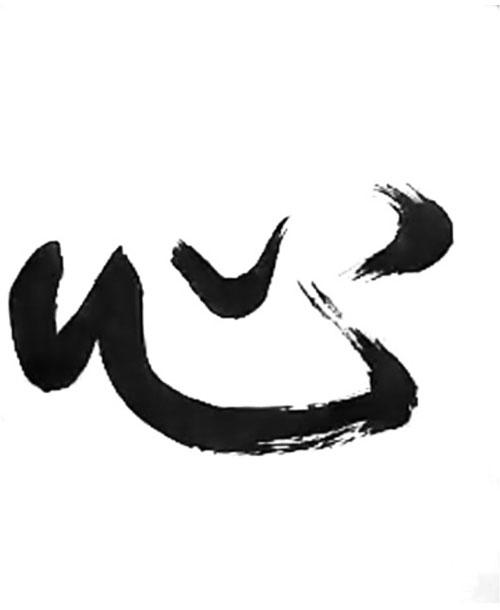
Xin / Heart-Mind

Wu Ji
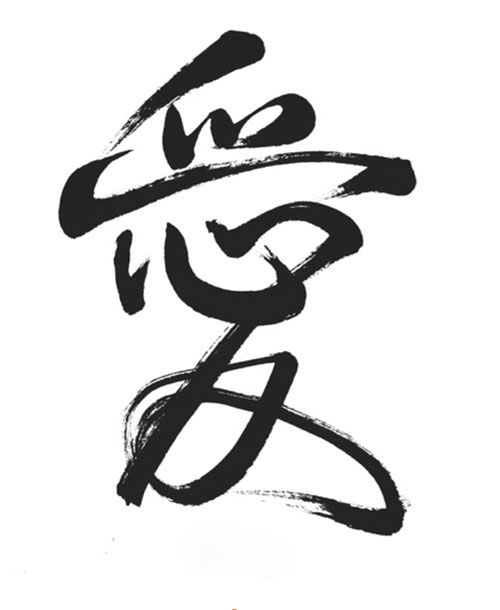
Ai / Love
I CHING 易經 (YI JING)
# 24 Fu / Return (The Turning Point)

Fu 復 (Cursive)

Yi / Change

Fu 復: Kun 坤 (Earth) Above
Zhen 震(Thunder) Below
TAO TE CHING (DAO DE JING)
Verse 40 + Verse 25
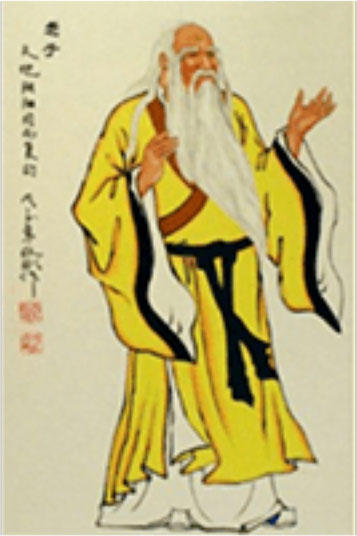
Three Translations of Verse 40 + Verse 25 (final lines)
Return is the movement of the Tao.
Yielding is the way of the Tao.
All things are born of being.
Being is born of non-being.
(translation by Stephen Mitchell, 1995)
The returning is the movement of the Tao
The weak is the utilization of the Tao
The myriad things of the world are born of being
Being is born of non-being
(translation by Derek Lin, 2006)
The movement of Tao is to return
he way of Tao is to yield
Heaven, Earth, and all things are born of the existent world
The existent world is born of the nothingness of Tao
(translated by Jonathan Star)
Verse 25
Human beings follow the way of Earth
Earth follows the way of Heaven
Heaven follows the way of Dao
Dao follows the way of nature
(Living Tao Translation)
DANCE OF THE FIVE PRINCIPLES OF PEACE
Dedicated to Zhou Enlai
Created by Huang Chungliang
For the Celebration of the
60th Anniversary of the Five Principles
China National People’s Congress
Beijing, China
October 20, 2013

The Taiji, drawn 1000 years ago by Zhou Dunyi and ancestor of Zhou Enlai
The Five Principles of Peace is a diplomatic document written by Premier Zhou Enlai. It is designed as the basis for productive, peaceful relations among all nations.
Because the former Premier was also a student of philosophy, his political thinking was guided by universal forces present in nature.
This dance recognizes the depth of Zhou Enlai’s insight. It connects the Five Principles of Peace to the Five Elements of change and nature, according to traditional Chinese philosophy.
A live solo performance by Chung-Liang Huang uses the ancient art of conscious movement and stillness, t’ai chi, one of China’s great cultural gifts to the world. The dance shows Chung-Liang’s lifetime of high respect for Premier Zhou Enlai, and his commitment to lasting peace between the people of China and the people of the world.
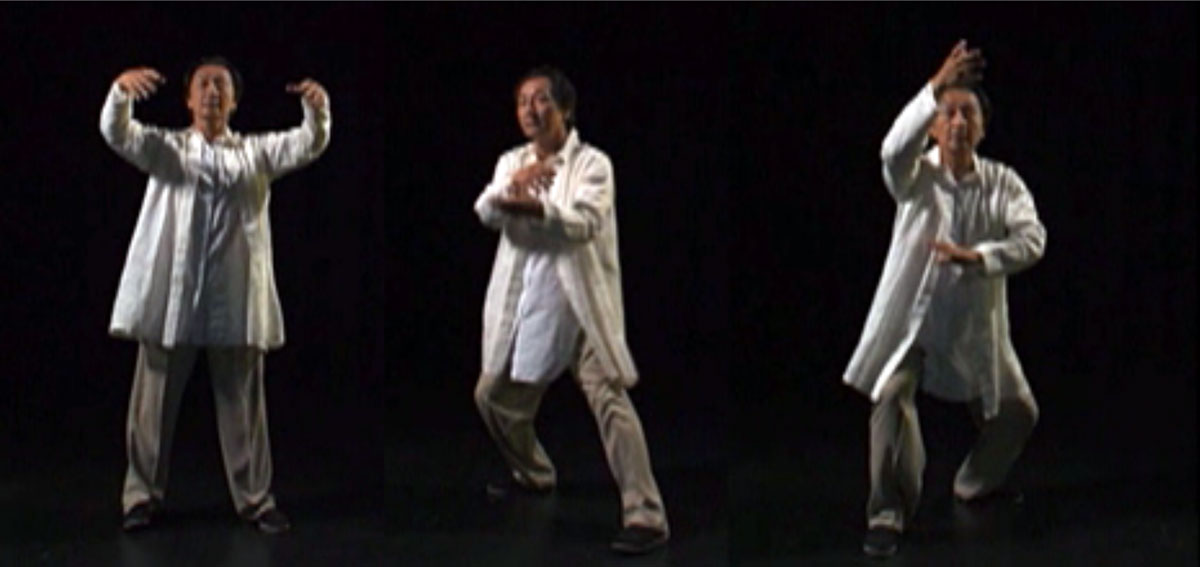
Principles of Peace
1) Mutual respect for each nation’s territorial integrity and sovereignty.
Supporting Element:
⼟ Earth; our root and beginning — the primary element, our birth and source, the land upon which we walk. We respect this land, and the land of all other people. We recognize the right of all to walk upon the land of their origin and seek our destiny there.
2) Mutual non-aggression.
Supporting Element:
⾦ Metal; generated from the earth, it rises in infinite varieties of self- expression. The individual self is creative and powerful, when it is balanced with the importance of our larger self — in society, humanity and nature. The power of self should be used to support the prosperity of peace, not to judge, attack or restrict others.
3) Mutual non-interference in each other’s internal affairs.
Supporting Element:
⽔ Water; generated from metal. Water flows around all obstacles, humbly seeking the lowest position, with great power to form change in the earth. Water combines with the other elements, but does not interfere in their essential nature.
4) Equality and mutual benefit.
Supporting Element:
⽊ Wood; generated from water. Wood is used equally by all to create wealth and shelter, for education preserving tradition. Understanding this element helps all to find equality of opportunity, to extend generosity to all, regardless of whether they appear great or small.
5) Peaceful co-existence.
Supporting Element:
火 Fire; the element that springs from wood, and combines with all the other elements. Fire provides heat for the home, security for the family, light for the spread of knowledge, and inspiration for the soul.
CENTERING CHAKRAS
[Refer to October 2023 Study Materials]
DEEPENING PRACTICE
“The great Tao is not difficult for those not attached to differences”
Xin Xin Ming 信心銘 ~ Translated by Chungliang Al Huang
Circle MOTIFS
[Refer to October 2023 and earlier Study Materials]
SUPPLEMENTAL REFERENCES
1. Zhou Enlai 周恩來 and the Making of Modern China by Han Suyin 韓素音
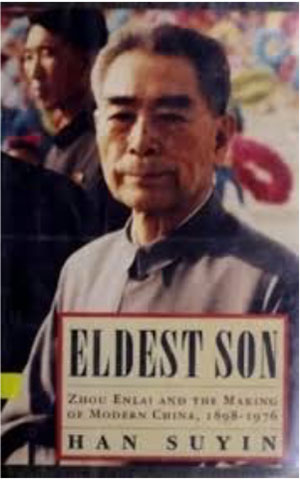
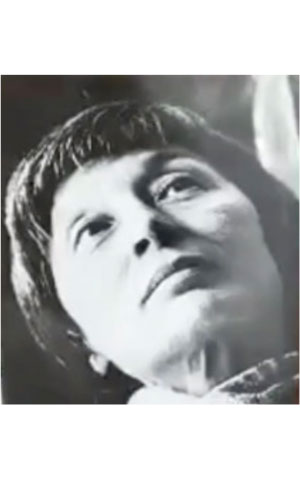
2. A Many Splendored Thing by Han Suyin 韓素音
